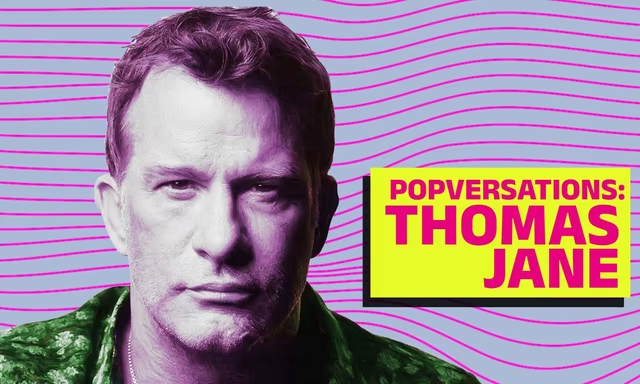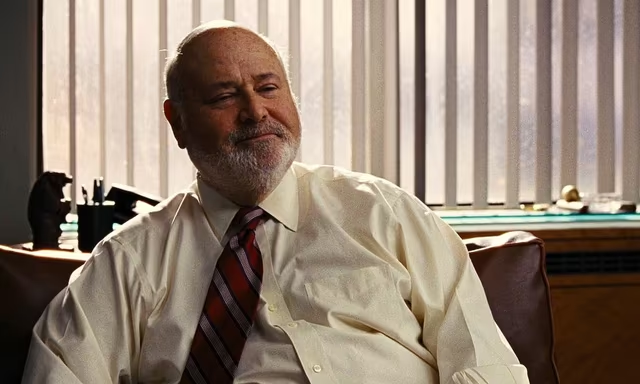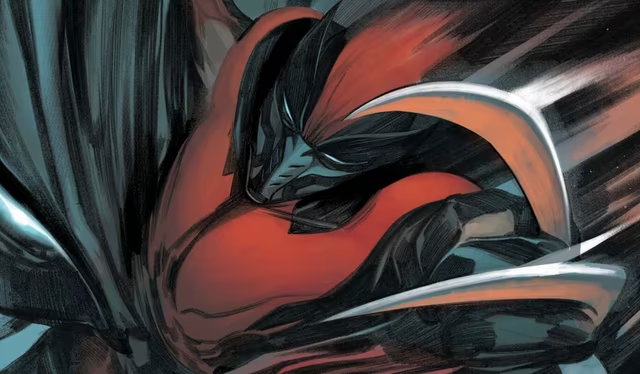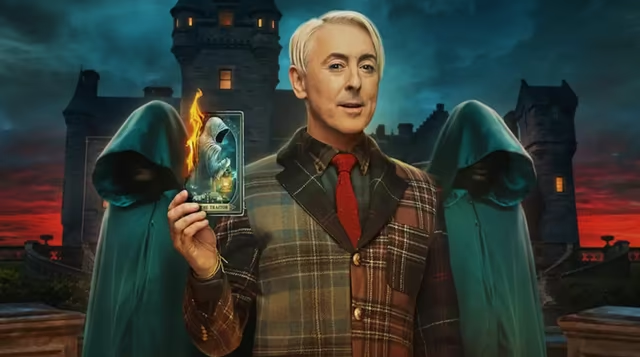If you click on a link and make a purchase we may receive a small commission. Read our editorial policy.
How Milestone Media's Static changed Saturday morning cartoons for good
Static Shock had more of an impact on cartoons that it first appeared.

It only lasted four seasons before being – if rumors are to be believed – canceled not for ratings, but for failing to sell enough merchandise, but close to two decades after its conclusion, it’s time to admit the truth: the WB series Static Shock had a far greater impact on both comics and cartoons than it seemed at the time.
Based on the Milestone Media comic book Static, which ran from 1993 through 1997, Static Shock launched in 2000 as part of the WB’s Kids WB block of Saturday morning programming. Like its source material, it centered around Virgil Hawkins, a regular kid from the city of Dakota who gains electricity-based powers after being exposed to an experimental mutagen during an event known as the Big Bang. After gaining his powers, his life becomes a dizzying mix of superheroics and high school drama; think of Spider-Man, if Peter Parker was less obsessed with spiders and roughly 100% more cool. (Those two things may be connected.)
Remembered by most as part of the same universe as Batman: The Animated Series, Static Shock started as something entirely different. The end result of years of pitches from DC to Warner Bros. Animation – then-DC publisher Jenette Kahn had been pursuing an animated show based on a Milestone Media property since the mid-'90s, according to Static co-creator Dwayne McDuffie – Static Shock was originally a standalone series that got folded into the larger DC animated world at the start of its second season, courtesy of a crossover episode featuring Batman and Robin written by Len Uhley. McDuffie wasn’t the only Milestone Media founder involved in the show; Denys Cowan directed a number of episodes across its run.

Perhaps it was the influence of these two, both of whom had been part of Static’s creation years earlier, that kept the spirit of the comic book Virgil alive in his animated incarnation. Static Shock’s hero might not have been the same character as the one who’d charmed fans as part of Milestone’s Dakotaverse of titles from 1993 through 1997 – he was younger, came from a one-parent household in a (misguided) attempt to portray a stronger father-son dynamic by removing his mom altogether, and had a very different dynamic with his friends, in part because television executives weren’t comfortable with Richie being as gay as he was in the comics – but when it came to his sense of humor and attitude towards superhero-ing, it was clear that the animated character was definitely a Static, if not the same Static that fans had been familiar with.
It was enough to keep fans who’d been missing the character since Milestone Media had ceased publishing comics years earlier happy, with newcomers quickly won over by what they saw. Sure, the show initially skewed younger than Batman and Superman, never mind Milestone’s comics, but this was still something unlike any earlier superhero show: one with a Black lead, that mixed Spider-Man-style teen drama and superheroics, dealing with the kinds of things that superhero shows – and, arguably, Saturday morning cartoons in general – traditionally didn’t, including racism, gang violence, homelessness, and mental illness. It also featured the kind of guest stars that traditionally didn’t show up on Saturday morning shows; where else would you get to hear Li’l Romeo or Yao Ming at that time of day? Static Shock, it was clear, was something different, and something new.
Whatever the reason, Static Shock was a hit – and arguably became even more of one as it started featuring cameos and guest-shots from other DC heroes – outperforming other animated shows of the period and creating an all-new fandom for the character, and the larger Milestone Media line of properties. It was the success of Static Shock that was directly responsible for the only Milestone-produced comics in the decade between the original line and DC’s attempt to revive the line in 2008, with the 2001 publication of Static Shock: Rebirth of the Cool, a four-issue mini by McDuffie and co-creator John Paul Leon; without the television series and the fandom it built, it’s unclear how successful any attempt to resurrect Milestone Media would have been – if anyone had been interested enough to make the attempt in the first place.
The success of the animated show did, temporarily, rebrand Static as a comic property; both the 2001 mini and 2011’s short-lived series launched as part of DC’s 'New 52' reboot used the title Static Shock, despite the original comic being named, simply, Static; it wasn’t until Milestone relaunched in 2020 that the “Shock” was dropped.

Perhaps more importantly in practical terms, it was Static Shock that brought Dwayne McDuffie into WB Animation, where he would go on to become a central figure on shows like Justice League, Justice League Unlimited, and Ben 10: Alien Force, while also writing for Teen Titans, What’s New Scooby-Doo?, and other fan-favorite series. Since his untimely death in 2011, McDuffie has been rightly celebrated for his animation work and the positive influence he had on the projects he worked on for WBA; none of that would have been popular without Static Shock.
Static Shock didn’t just keep the flame burning for Milestone fans during a particularly lean time for the company; it introduced new audiences to the character, and then to the larger DC animated universe it belonged to, and also introduced one of the most pivotal figures in DC animation history to Warner Bros. It changed a lot for a lot of people, even if that didn’t seem immediately clear at the time.
You can watch all four seasons of Static Shock on HBO Max right now. If you’ve never checked it out, you really should.
Milestone Media did a lot more than just Static, and Popverse is here to tell you all about it; check out this piece on the important moves the company has made in terms of diversity in the comics industry.
Follow Popverse for upcoming event coverage and news
Find out how we conduct our review by reading our review policy
Let Popverse be your tour guide through the wilderness of pop culture
Sign in and let us help you find your new favorite thing.
















Comments
Want to join the discussion? Please activate your account first.
Visit Reedpop ID if you need to resend the confirmation email.